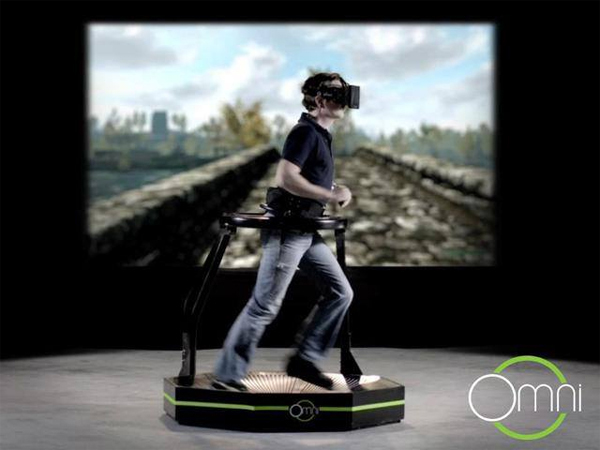In the latest issue of Wired is an excellent article on wearable tech, like Google Glass, Pebble and so on. It seems to me that the winners are losers of the near future are quite easy to predict, due to one important factor – wearable tech is hard to hide (for now).
However gorgeous a Bluetooth earpiece, it fundamentally says that its wearer might need to make or receive a call at any time—and for most people, that’s not a cool message to send. It makes the wearer look like they jump at the world’s beck and call rather than engaging with it on their own terms.
Bluetooth earpieces haven’t taken off. For example, sales were predicted to grow by just 3% in 2012. By comparison, corded headphones for listening to music are a recent success story. What’s the difference? Well, as is pointed out above, it comes down to your social environment. Bluetooth earpieces are fine when you are pacing about solo in your office, but unacceptable for a dinner date. Corded headphones are only used when you are in solo mode and not socially interacting.
Google Glass is too in-your-face. Like earpieces, people know you are wearing Google Glass and will rightly decide that they don’t have your full attention. Until a similar product can be made that is indistinguishable from regular glasses, it won’t take off. There might be an exception though – sunglasses. I can imagine tech being incorporated into sunglasses and people taking them on or off to suit the environment.
Wristwatches, however, are already fully entrenched into society, and we are used to people glancing at them. We are also used to people glancing at their smart phones. Because a smart watch is too small to do much that is meaningful when you have company, it will be successful.
Likewise with rings – too small to matter. Nobody is going to stare at their ring for 30 seconds, no matter what is being displayed on it.
Another factor is connectivity. Bluetooth isn’t perfect, and having that permanent (wireless) connection running across and through your body makes some people uncomfortable. I expect that many people will take a long time to convince that they need to be permanently wired.
And of course battery life needs to improve. Having to recharge our tablet and phone every day is most I am willing to tolerate. I won’t recharge glasses, a watch and a ring as well.
So, my predictions for current technology:
Google Glass FAIL
Any smart glasses FAIL (except perhaps if they are sunglasses)
Smart watches WIN (but only if the battery lasts for a week)
Smart rings WIN (but only if the battery lasts for a week)
Wearable tech for soldiers / sports / business WIN
FAIL means that uptake will be limited to tech geeks and people that have an extra need for the device due to work or sports.
In the future, big hits will be wearable tech that you can’t see/tell someone is wearing. Primarily that means Google Glass that looks 100% like regular spectacles.
In the distant future, perhaps 15-20 years from now, the big hit will be imbedded tech. That means a video camera that looks like a freckle, or is built into your eyes. That means enhanced vision. That means bionic hearing. That means embedded sensors, comms and drug delivery systems. When nobody knows you have it, it will really take off.



